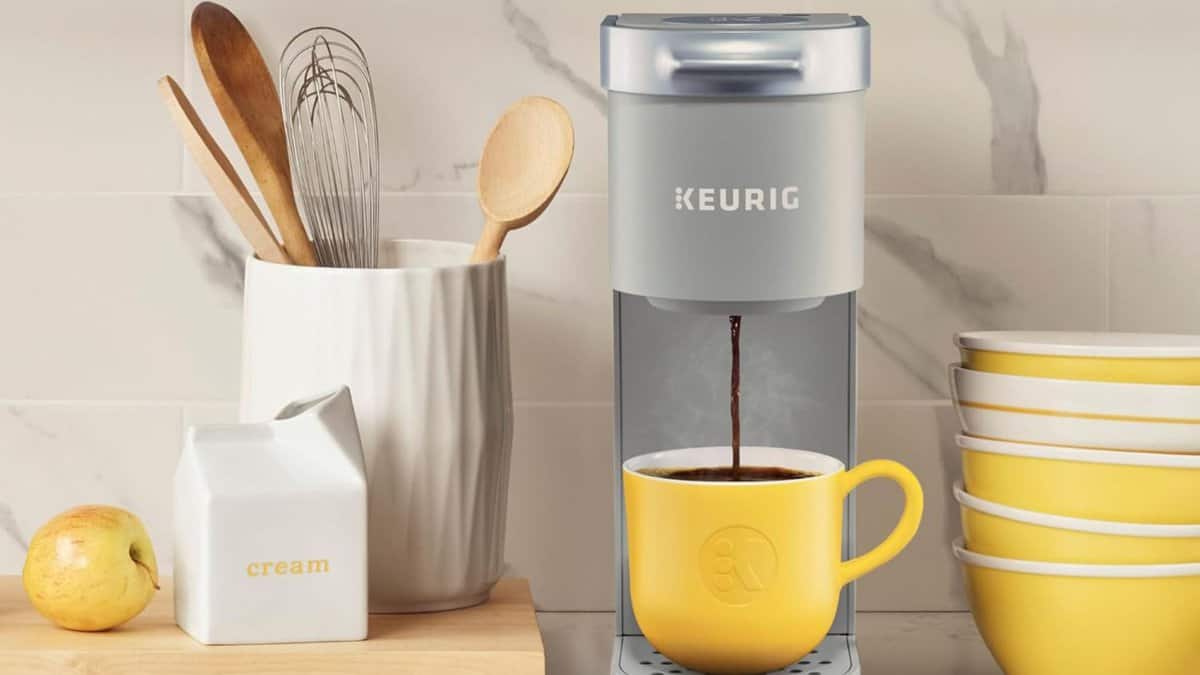Welcome to the world of pumping! If you don’t already know, there are several different types of breast pumps: electric, manual, cordless, and some that even have magical buttons (we’ll get to that soon). It can feel overwhelming, and choosing a breast pump may not be nearly as fun as picking your baby’s first outfit, but a good pump can become your best friend when you’re breastfeeding. The wonderful thing about having several different options of breast pumps is that you’ll be able to find just the right one for you, and you’ll love it! So dive right in as we explore the different varieties of breast pumps out there!

Pumping is great for many reasons–you may use your breast pump every day, or you may just need it occasionally. Maybe you’ll be working and still want to give breastmilk, so you pump to give to your babysitter a milk supply to use while you’re at work. Or maybe you’re going on a short trip or on a date night and want to leave a little milk stash for those times when you’re away. Or maybe you just want to keep producing milk and want to keep up your milk supply. There are many reasons why you’ll want to pump, and as a breastfeeding woman, I couldn’t be more grateful for this invention!
Hospital Grade Pumps
These are the most efficient type of breast pump. Hospital grade pumps have stronger motors than standard breast pumps, which means stronger suction. They also have more sophisticated programming and are also bigger than standard pumps.
These pumps are designed to be safely used by multiple users and are usually used by moms who need to increase their milk supply or women who can’t nurse due to medical reasons (i.e. the baby is in the NICU, multiple births, defects, mastitis, etc.). Though they are pricey, you can rent them as well. These are often provided through insurance if you have a medical necessity for one, so check with your insurance company about renting or buying one if your OB/GYN recommends one.

Personal Use Electric Pumps
These are breast pumps that are battery powered or need to be plugged in. Though their motors aren’t as big as a hospital grade pump and they may not have as sophisticated programming, these pumps are still quite powerful and perfectly adequate for average nursing mothers.
There are single or double pump options, which means that you can either pump a single breast at one time or both breasts at once. Being able to pump both sides at the same time is definitely a major time saver. This is because an electric pump session typically only takes 10-15 minutes, whereas a manual pump can take 30+ minutes.
Some models of electric pumps have a hands-free option, so you don’t have to hold the attachments in place the whole time. They also tend to be smaller and more portable. (When it comes to electric pumps, it is smart to invest in an external power source just in case of an emergency and you don’t have access to power and need to express milk.)
Electric and double-electric breast pumps are perfect for mothers who will be pumping a fair amount of the time or more (working, special needs, building a stockpile, etc.). They usually come with convenient carrying/storage cases so they travel well. Depending on the type you purchase, they can range from very quiet to somewhat loud, so if noise is an issue, be sure to check reviews on the pumps you’re considering.
Remember, many insurance companies will cover some or all of the cost for this type of breast pump, so check with yours!
These are the ones I’ve used and I have absolutely loved!

Wearable Pumps
These pumps are fairly new, and though I personally haven’t used them, I have heard women rave about them! They are truly a working mom’s best friend.
Wearable pumps are cordless and sit discreetly inside a bra, allowing mothers the freedom of using their hands and being able to multi-task while still expressing milk! With wearable breast pumps, you don’t have to worry about sitting in one place with cords or being plugged in. All you have to do is insert in into your bra and the rest is done for you.

Manual Pumps
Manual pumps are entirely hand operated. They require the person using them to squeeze a lever repeatedly to create suction on the breast and express milk. Manual pumps are the most lightweight and inexpensive option. They fit discreetly in a purse or diaper bag, but they’ll for sure give you a hand work out.
Some reasons you would want a manual pump:
-
It is simple and perfect to use occasionally if you need relief while still getting the hang of breast feeding.
-
They are affordable! A manual pump will generally cost under $40 while you can plan to spend much more on an electric one.
-
They are compact and easy to store, which makes them perfect for date nights, family gatherings, and days out.
-
They’re a must if you don’t have easy access to electricity–if you’re traveling or camping. (Although it should be noted that there are some electric breast pumps that can be battery operated.)
Some good manual pump options:

What to Look for in Breast Pumps
As you start your search, its important to look for the right breast pump that meets your specific needs. Some pumps have different features or accessories that you will want. Here are a few things to consider:
-
Weight: If you’re going to need your pump on the go often, or for a lot of trips, it’s best to invest in a light model and not a hospital grade pump.
-
Pumping Location: Will you be pumping in the same location almost every day? Will your pump need to be plugged in? If plugging it in isn’t possible, make sure yours comes with a battery pack. If you’re going to be working or traveling a lot then a wearable breast pump may be a good option for you.
-
Pumping Frequency: If you’re going to be pumping every day, several times a day, then you may to avoid a manual pump to save your hands the workout. You may also want a pump that allows you to keep your hands free if you want to multi-task. If you end up exclusively pumping, make sure you invest in a high-quality pump.
-
Replacement Parts: You may not think this needs to be a factor when choosing a pump, but sometimes certain parts like the flange/tubing/valve will need to be replaced. Try to find a pump whose parts are compatible with widely-available replacement parts.
-
Extra Cool Features: Certain breast pumps have some really cool features that you may love to have such as a little night light, let down stimulator, expression button (with different speeds), a timer, and MORE! Think about which extra features will be useful for you when considering your options.
For more information on breast pumps, check out our guide on it here, along with all our other gear guides!
Now that you’ve been properly educated about the varieties of breast pump, are you excited to get yours?! Remember, what works for one mom may not work for you, so don’t feel pressured to get the newest and most expensive breast pump (though it’s okay to invest in one if you want to!) Sometimes the pumps provided by your insurance work just as great as the fancy top-of-the-line models, and many women love them.
We hope this has helped you decide which pump to pick. Be sure to comment below with your personal pumping experiences and what you liked about your pump. Happy Pumping!

 PARENTING TIPS
PARENTING TIPS







 PREGNANCY
PREGNANCY








 BABY CARE
BABY CARE








 TODDLERS
TODDLERS








 TEENS
TEENS








 HEALTH CARE
HEALTH CARE







 ACTIVITIES & CRAFTS
ACTIVITIES & CRAFTS








 CONTACT
CONTACT ABOUT
ABOUT



